I had a discussion with Indigenous photographer Brandy Bjarnason Bloxom recently about her photography projects that are close to her heart. I’ve talked about this topic before and why photography matters and this has become a very timely and important interview.
Let me give you some background on why this is so important right now.
Canada in the news
This week, Canada has been all over the news worldwide – but not in a good way. The remains of 215 children were found in an unmarked, hidden pit (a grave is marked and is created to honor lost loved ones, this is not a grave) on the grounds of an old residential school in Kamloops, BC. These schools were created by the Canadian government and run by the church from 1880-1996. Yes, that is correct – I said 1996!
Indigenous children were taken from their homes force, and often with the threat of starvation or violence for non-compliance. For years, many stories about the horrors of what occurred at the schools have been shared by survivors including those of many children that didn’t make it. Now there is concrete evidence and a call has been put out to search all schools, to find all these poor lost souls and put them to rest properly so healing can begin.
I came across Brandy’s photography and her series of images that depict the schools, as well as her red dress project, and I was immediately drawn to them. Her imagery is powerful and is full of storytelling and emotion. So I wanted to talk with her and find out more about why she created them and how.
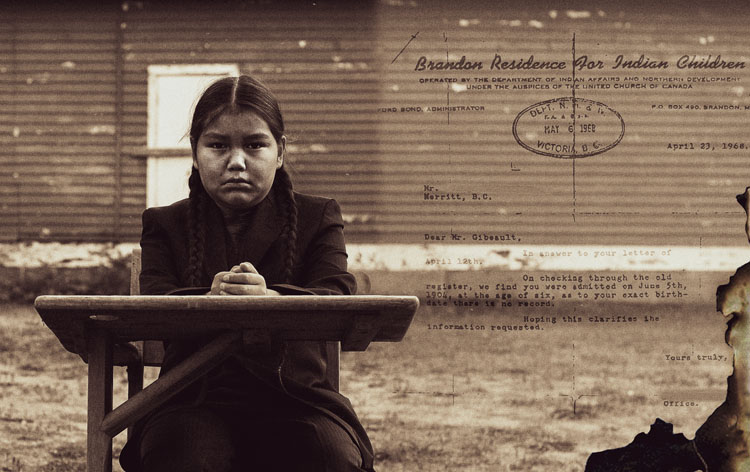
So I want to give her the stage to share her story and the story that her images tell. The goal is to raise up Indigenous voices and help bring awareness to the issues they continue to face. I hope in doing so you are touched, inspired, or even motivated.
Listen carefully and with compassion and you may also pick up some tips on how you can create your own powerful images full of meaning and impact like hers.
Why did you get into photography?
It wasn’t until my 40s that I decided to pick up a camera and begin to learn to express myself. With a lot of trial and error I dug deep into YouTube and Google. Shortly after I began offering photoshoots free of charge to get some practise. Not long after, when I had some experience and knowledge behind the business aspect of it, I left my job and took it on as a full-time photographer.
I was inspired by Sue Bryce (boudoir photographer). I successfully and exclusively became a wedding, event, and empowerment photographer allowing me to travel east to west across Canada and all the way to Russia.
What inspired you to create these projects?
Creative fine art photography is the only way I know how to express myself. It comes from deep within my soul. It’s my voice when there are no words to express, which makes it very vulnerable to share my work, yet very healing at the same time.
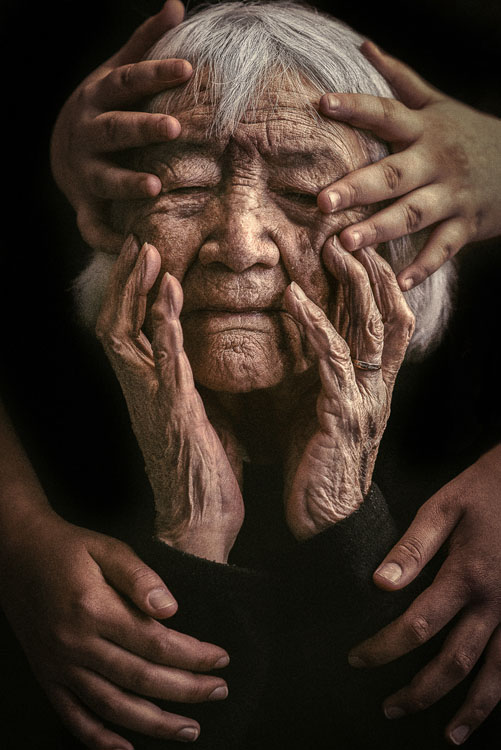
“Blood Memory” 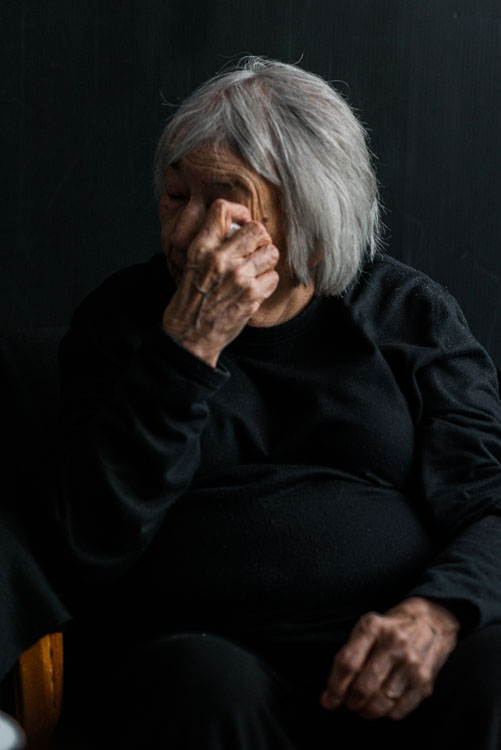
“Bring the children home”
This is one of the images (above left) that I was first attracted to in Brandy’s gallery. To me it says generations, love, peace, and struggle all at the same time and her face shows great wisdom and kindness. To see her entire Creative Gallery CLICK HERE.
I started researching my ancestry back to the 1800s and it inspired me to tell those lost stories through my art. In turn, that left me no choice but to bring awareness to the issues our First Nations people have been facing since the first contact (with European settlers).
Including the award-winning series about Canadian Residential Schools called “A Century Lost” as well as the “Protect Her” collections. I also just got the news that I placed 1st and 3rd (see images below) in this year’s northern juried art show. They are both self-portraits.

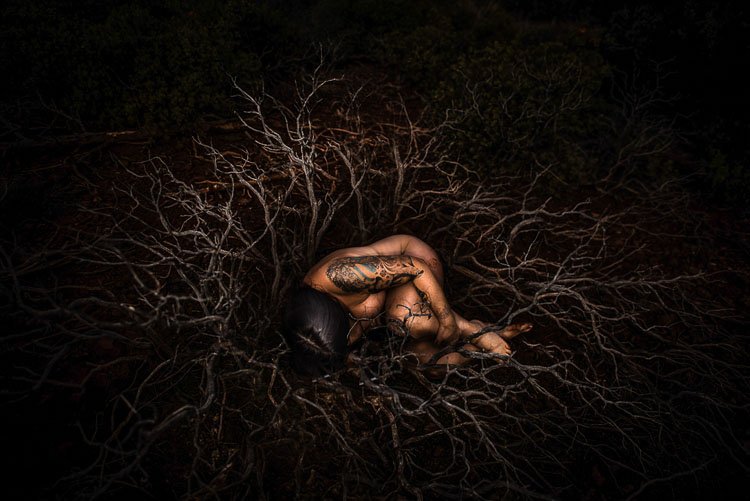
How did you plan the projects?
Researching my family history and finding out family members were taken from their culture and immersed in Residential School, I found it very emotional and I also discovered that others couldn’t understand the impact it had on the children.
So, I had this vision for a while of how I would like to tell a story with one image and have that impact that would hit someone with deep compassion for our (Indigenous) people. I had no doubt in my mind who I would like to be my subject to represent my relatives. I went out and found an old school desk, a black suit for a young boy, and the model, Thomas Sewap.
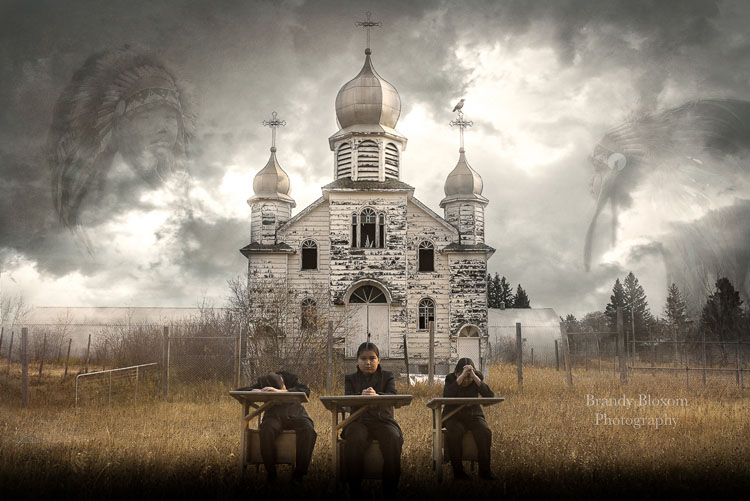
I met with Thomas’s parents and shared my plan and why I wanted to do this project. I took the photos in front of an old school here in my community and started the creative process. I was very nervous about this image as I know this school wasn’t a residential school.
I wanted to find a church that hopefully wasn’t familiar as it wasn’t about the specific church, it was about the story. I later made a composite and added the images of Thomas into the photo of the church that I had taken.
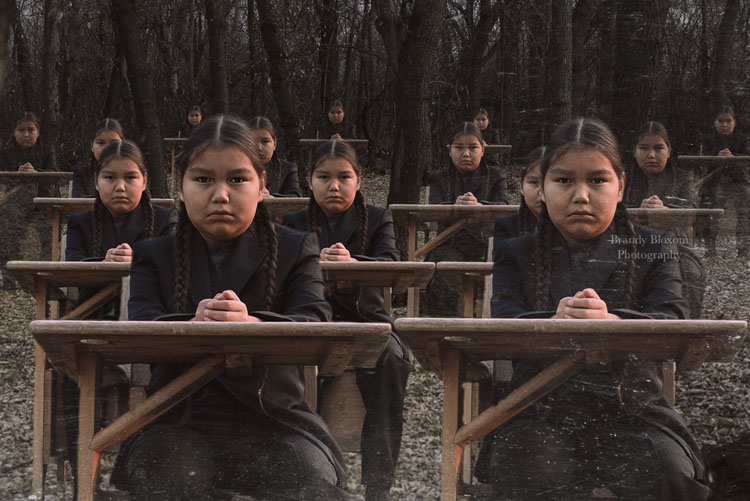
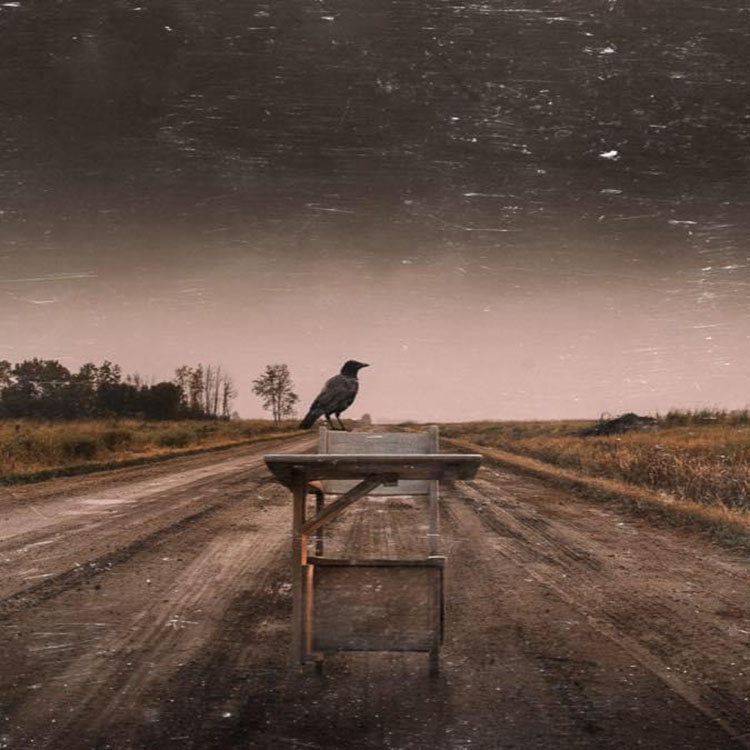
I also worked with another lady, Jane Merasty, who is a friend of mine. Here are some of the images of her. She is the lady in the image above as well (the image above called “Blood Memory”).
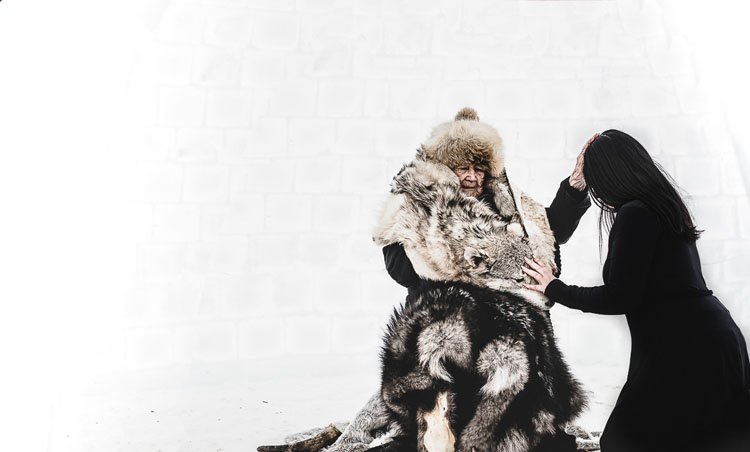
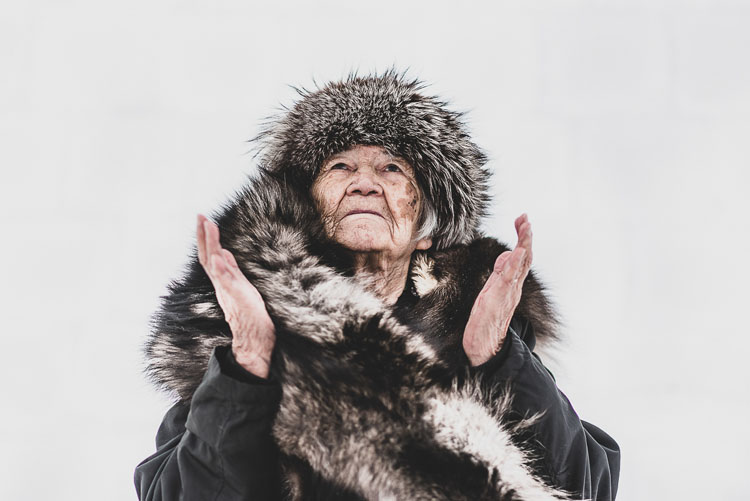
How did you choose the model?
My muse for the residential school series was chosen to represent me and my stories so I was looking for someone that resembled myself. When Covid hit, it left me no choice but to master the art of self-portraits. Since then, I have incorporated my model and myself in photographs time and again. Almost a past life of myself in conjunction with my current life.
How significant is the red dress image for you?
Can you talk a little about the red dress images as well, including the one in flames? What is the meaning and significance of the red dress?
10 years ago, our family lost a sister due to violence. I created this self-portrait image for two reasons. First, for bringing awareness to the injustices the women and girls of our First Nations face. Secondly, for myself and those close to my sister Dawn.
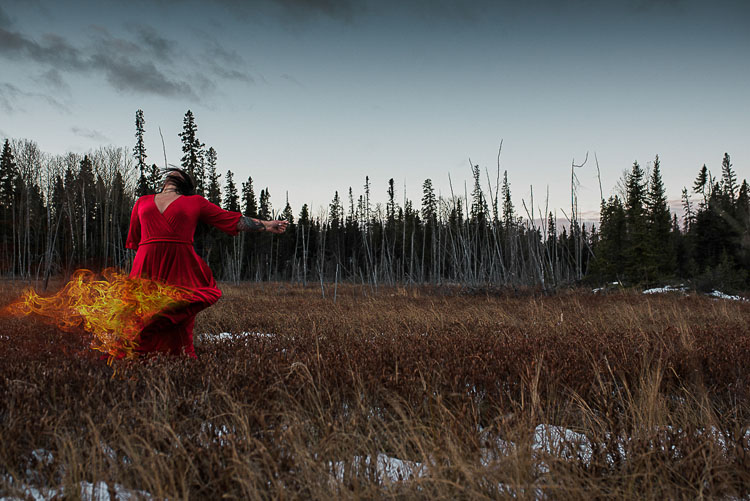
While the color red represents blood, war, and violence, it is also said that it’s the only color the spirits see. By wearing red, it is our collective hope that we can call back the missing spirits of our Indigenous sisters and lay them to rest.
Stories were always told around the campfire. The fire in this image is keeping her story alive, while the fire still burns. I also did a collaboration with the Red Dress Project creator, Jaime Black, for a gallery in Winnipeg, Canada.
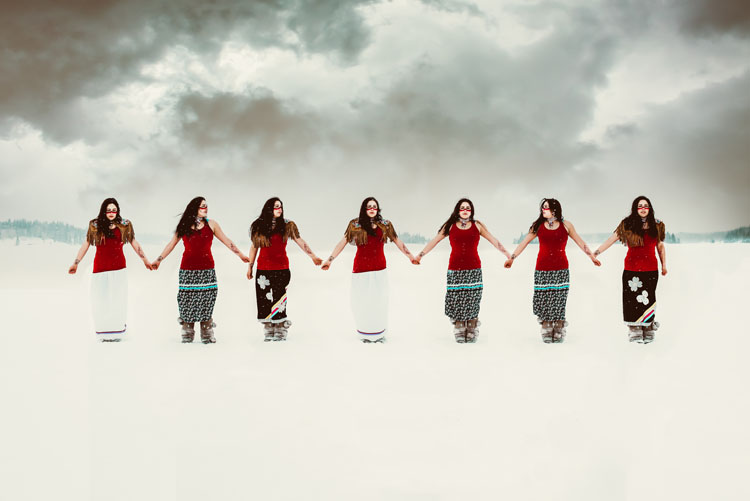
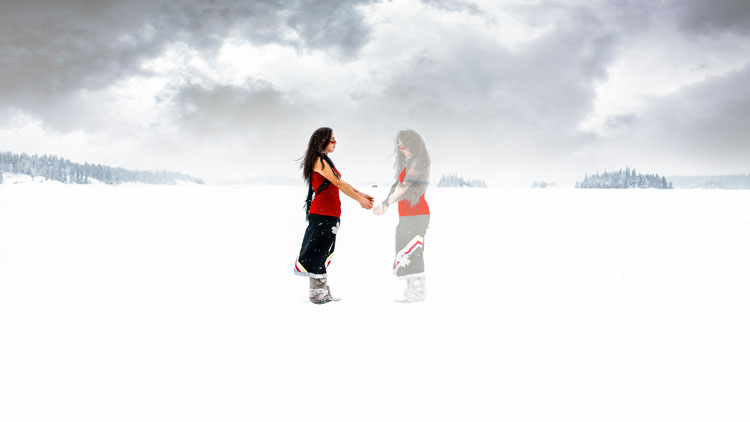
Do you have any new projects or ideas planned?
The pandemic has put a halt to my plans at the moment, so, I am at a standstill for now. I will most likely do another self-portrait series, I’m just unsure at the moment what exactly I will create.
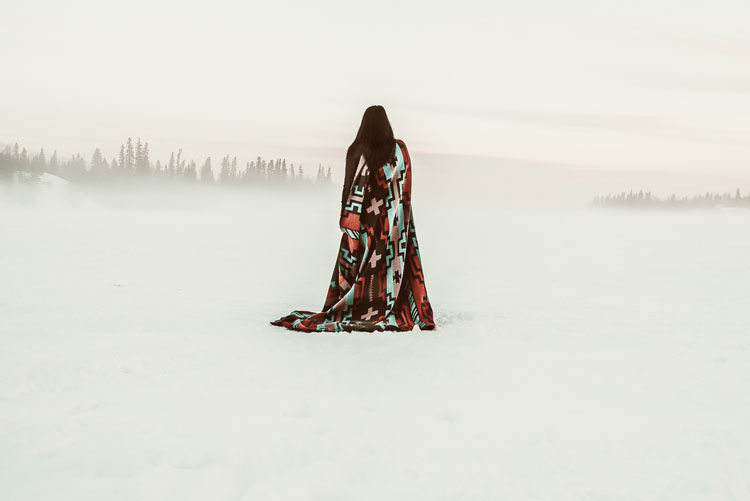

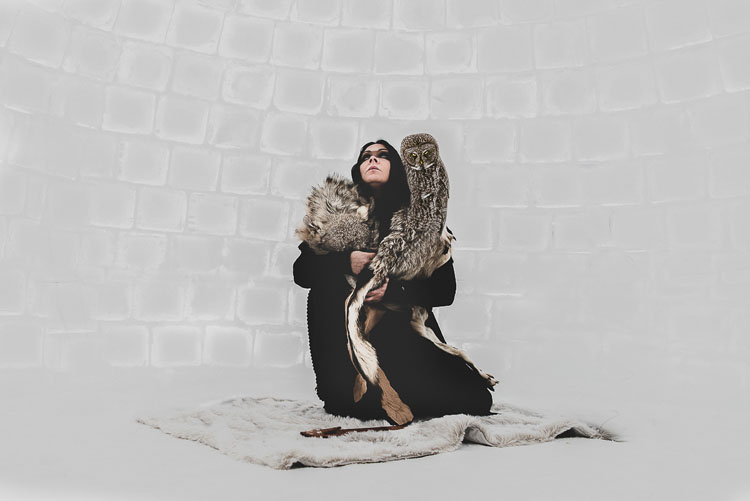
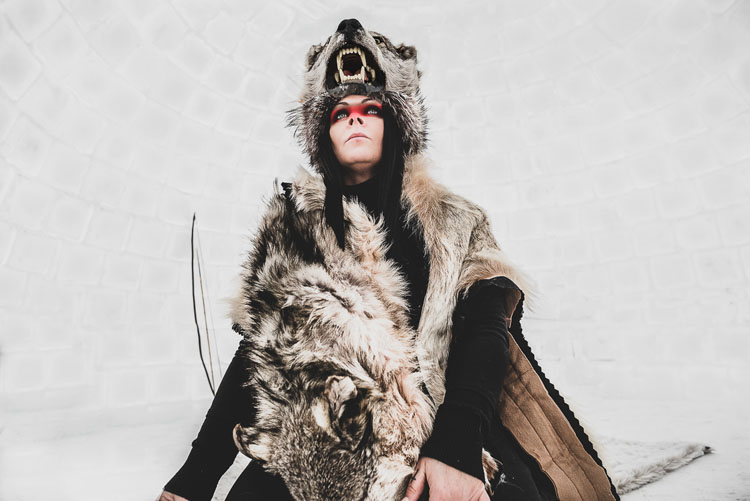
What advice do you offer novice photographers?
I would encourage anyone who is interested in photography to get out there and give it a shot. You do not need expensive equipment or gear with all the bells or whistles. YouTube is free. There is everything you need to know at your fingertips.
Feel free to comment below as well if you have any questions, I’d love to help you get started on your project.
Learn more and call to action
If you want to learn more about the red dress project, residential schools, and how you can help here is a small list of resources for you:
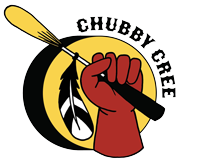
- Visit the website of Chubby Cree (the young Indigenous boy above and his band)
- Orange shirt day also known as the National Day for Truth and Reconciliation, is a Canadian statutory holiday, created in 2013, and designed to educate people and promote awareness in Canada about the Indian residential school system and the impact it has had on Indigenous communities for over a century. Buy an orange shirt and wear it on Sept 30th).
- The Red Dress Project by creator and artist Jaime Black.
- APTN news (Aboriginal People’s Television Network) I trust them to provide accurate versions of news about Indigenous people including MMIWG (Missing and Murdered Indigenous Women and Girls)
- Stolen Children | Residential School survivors speak out
- Indigenous Suffering & Survival to Success | Stephanie Harpe | TEDxGrandePrairie (this lady is a friend of mine and I’ve heard her speak many times about her experiences, but they are not unique – unfortunately there are all too many more like hers).
- Crimes against children at residential school: The truth about St. Anne’s – The Fifth Estate
- Assembly of First Nations MMIWG – missing and murdered indigenous women and girls and ending violence
- Join this group Searching for our Loved Ones to support families with missing people. Even if you can’t help search or financially, increased awareness of the issue helps as well. So join and share.
EXTRA BONUS POINTS: If you are Canadian and believe putting children’s remains in a hidden pit behind a “school” is wrong and want to see them search the grounds of every single residential school and bring all those babies home – send an email to your MLA and your MP and tell them. I will be doing just that. The First Nations and all the parents and families should not have to pay to recover their children.
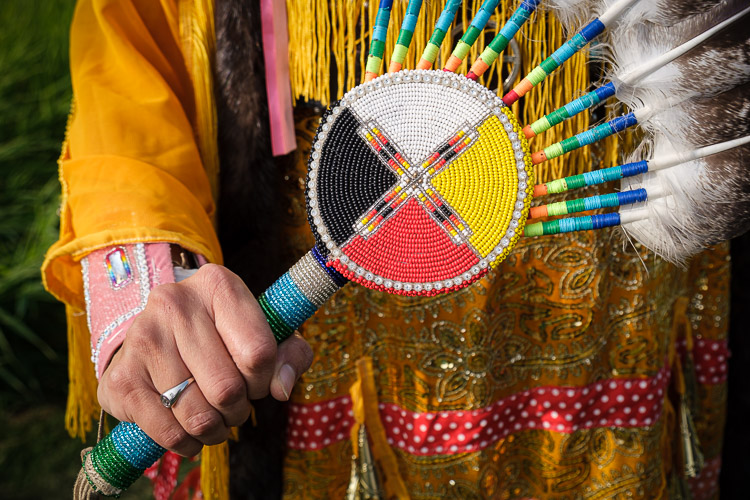
See more of Brandy’s images and connect with her
If you want to see more of Brandy’s amazingly powerful images, you can find her at all of the following places:
You can also buy a print of any of her fine art image on her SmugMug gallery HERE.
So, are you inspired now? Were you blown away by here images, their artistry and meaning as much as I was? I hope so and that you are motivated to take action – either creating your own passion project and/or learning more some of the issues and how you can be part of the solution.
If you have any questions or comments for Brandy please put them in the Disqus comment area below. I’m sure she’d love to hear what you think.
Cheers,
